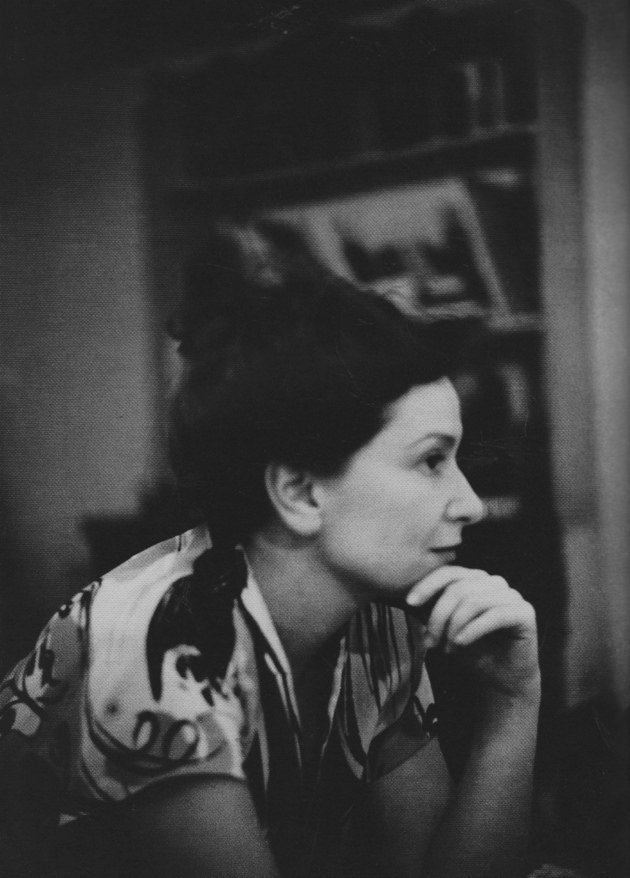In “The Last Irascible,” my new essay in the The New York Review, I write about the idiosyncratic life of the hundred-year-old artist Hedda Sterne, drawing on an interview I recorded with her in 2003. Born in Romania in 1910, Sterne fled German-occupied Bucharest and eventually settled in New York, where she became one of the few women in a circle of Abstract Expressionist painters that included Jackson Pollock, Willem de Kooning, Mark Rothko, and Franz Kline. But Sterne thought of herself as an anti-Abstract Expressionist, someone with no use for the cult of personality and personal gesture. Rarely did she paint a pure abstraction. In the 1960s she drew lettuce heads as crazy mazes, as if she were a worm inside, investigating. She pointed out that even her webby white-on-white drawings—made in the 1990s, when she was practically blind—represented the “floaters and flashers” across her field of vision. Although major museums acquired her work, and despite having one of the longest exhibition histories of any living artist (seventy years), she is hardly well known. Here is a selection of her work.
All images from Uninterrupted Flux: Hedda Sterne by Sarah L. Eckhardt, published by Krannert Art Museum; courtesy CDS Gallery.



